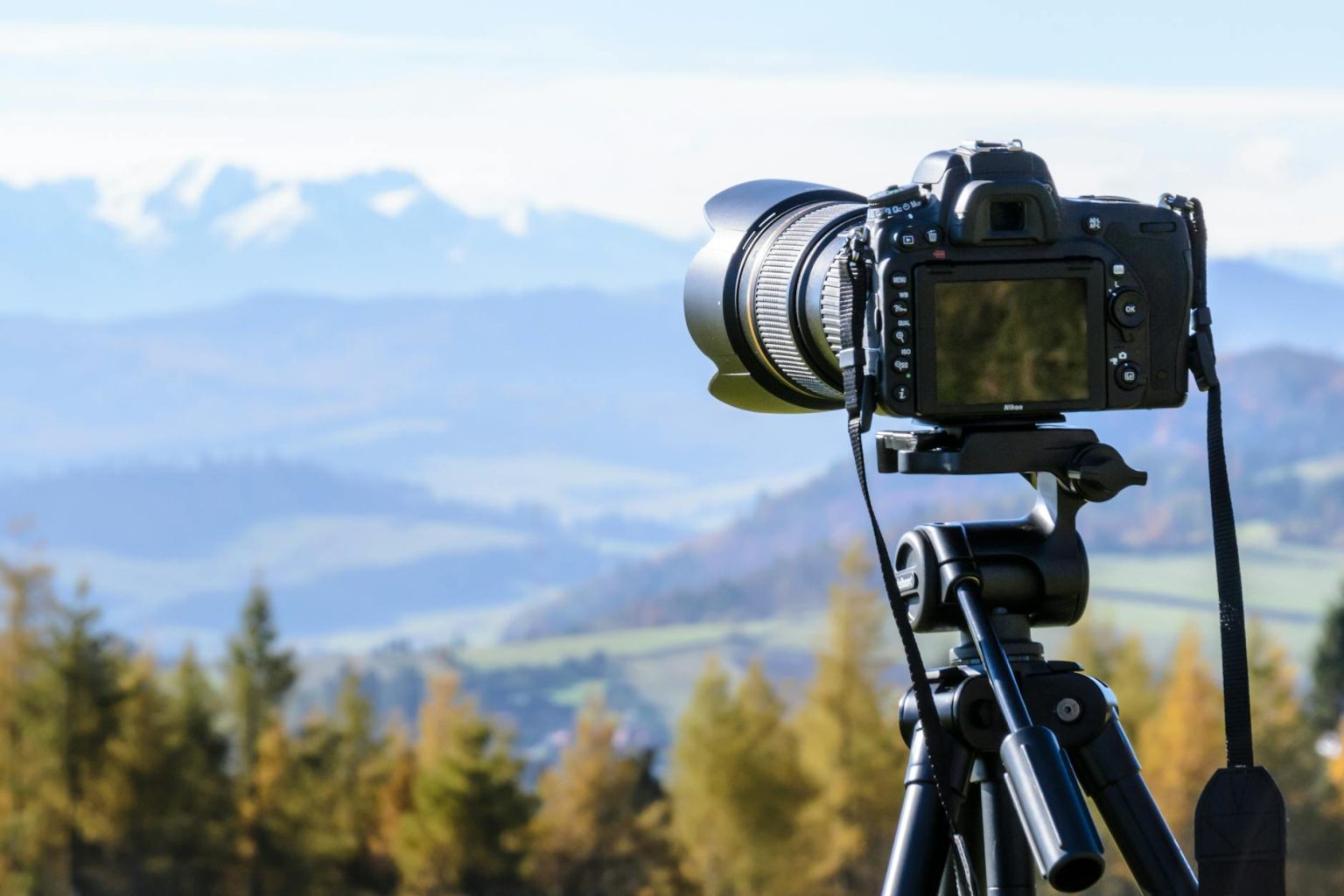As a traveller, it’s understandable that you want to capture the beauty and diversity of the places you visit through pictures. After all, photos of a scenic landscape or a vibrant cultural event can help you preserve memories and share your experiences with others.
However, it’s important to remember that photography is more than just snapping pictures. When taking photos abroad, it’s essential to practice cultural sensitivity. The term simply refers to being aware of and respectful of the customs, traditions, and values of the people and places you encounter. It involves understanding that different cultures have varying perspectives on privacy, respect, and what is appropriate to photograph. Also, practising cultural sensitivity when taking photos helps avoid unintentionally offending people or misrepresenting their culture.
With this in mind, here are several things to remember to ensure you’re being mindful and respectful when taking photos abroad.
1.Research Local Customs and Etiquette
Before you set out with your camera, take the time to learn about the customs and etiquette of the country or community you’re visiting. Different cultures have different views on photography, and some places may have specific restrictions or taboos when it comes to taking pictures.
For instance, in certain religious or sacred spaces, photography may be prohibited or seen as disrespectful. By understanding these local customs, you can avoid unintentionally offending people and take photographs in a way that aligns with local norms.
While doing your research, it’s also a good idea to find local establishments that can enhance your photography experience. If you’re planning to take professional photos, you may need to rent equipment or studio space. Many countries have photography studios or rental services that cater to both locals and tourists. If you’re travelling to Berlin, a quick online search for “Fotostudio Berlin” could help you find reputable local studios where you can rent gear or book a space for a shoot. These establishments may also offer insights into local photography practices and trends, making them a valuable resource during your travels.
2.Learn a Few Local Phrases
Learning a few basic phrases in the local language, such as “please,” “thank you,” and “may I take your picture?” can go a long way in building trust and rapport with the people you want to photograph. Even if you’re not fluent, making the effort to speak the local language shows respect and can make the people you encounter more open to being photographed.
Keep in mind that many people, regardless of nationality, are hesitant about being photographed. Using a simple “May I?” or “Is it okay to take a photo?” in their language can go a long way to ease their concerns. If you’re not sure how to ask, a translator app can be an invaluable tool to break the language barrier and ensure polite communication.
3.Always Ask for Permission
One of the golden rules of photography is to always ask for permission before taking photos, especially when it involves people. In many cultures, privacy is highly valued and personal boundaries are greatly respected. While some locals may be happy to be photographed, others may not feel comfortable, especially if they see it as an intrusion into their private space. Politely asking someone before taking their photo shows respect for one’s privacy and creates a more comfortable atmosphere.
4.Be Aware of the Context and Sensitivity
When you take photos abroad, consider the context in which you’re taking the photograph, as some subjects may be more sensitive than others. Events like a protest or a traditional ritual may carry deep cultural or emotional significance, and photographing people involved can be seen as disrespectful or intrusive. Additionally, in some cultures, mourning rituals or religious ceremonies are private and sacred, so taking photos during these times can cause offense.
With these in mind, always assess the situation before clicking the shutter and, when in doubt, ask if it’s appropriate. Being sensitive to the context ensures that you don’t unintentionally exploit a situation or misrepresent the people or culture you’re photographing.
5.Consider the Cultural Significance of Your Photos
Photography can be a powerful tool for storytelling, but it’s also essential to think about how your photos may be perceived, especially in a cross-cultural lens. While certain images are seemingly harmless to you, they can be deeply offensive in another culture.
Before photographing religious symbols, sacred sites, or people in traditional clothing, consider how these images may affect the subject or their community. Could the image misrepresent the culture? Might it be seen as exploitative? Being mindful of cultural significance and avoiding images that may perpetuate stereotypes or disrespect traditions will help ensure your photos are both respectful and meaningful.
6.Respect Local Laws and Regulations
Each country has its own set of rules and regulations about photography, and it’s important to be familiar with them before you start snapping photos. Some places may have laws prohibiting photography in certain locations, such as government buildings, military areas, or airports. In some countries, it’s also illegal to take photos of people in certain contexts.
Knowing such laws can prevent you from unintentionally breaking them. If you’re unsure about photography restrictions, ask local authorities or your guide, and make sure to follow any posted signs indicating whether photography is allowed or not.
Taking photos abroad is an incredible way to capture the essence of a destination and its people, but it’s essential to do so with respect. When you practice cultural sensitivity, you build stronger connections with the people and communities you photograph. Whether you’re documenting local traditions or simply taking candid shots of everyday life, approaching your photography with thoughtfulness can make your travel experiences richer and more rewarding for everyone involved.

